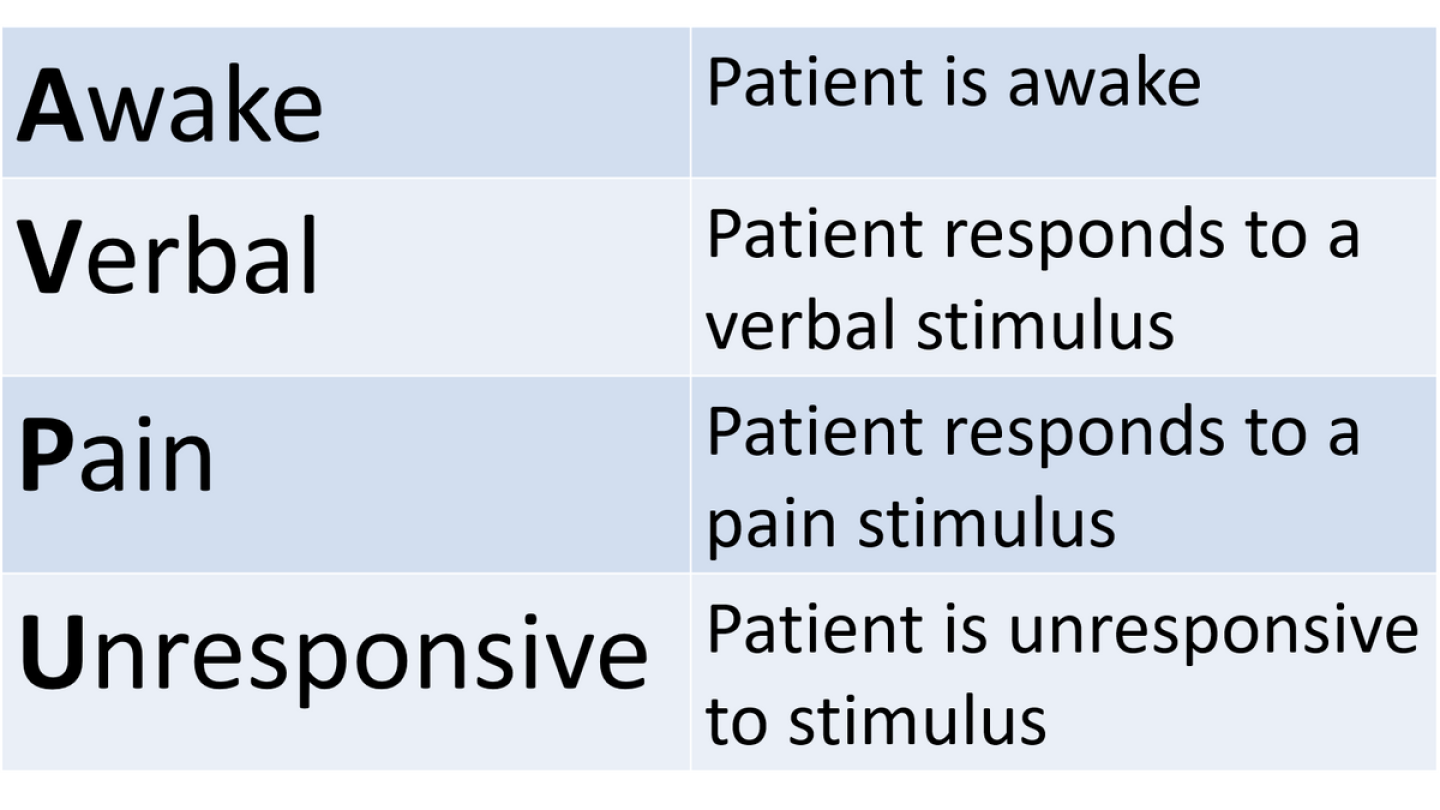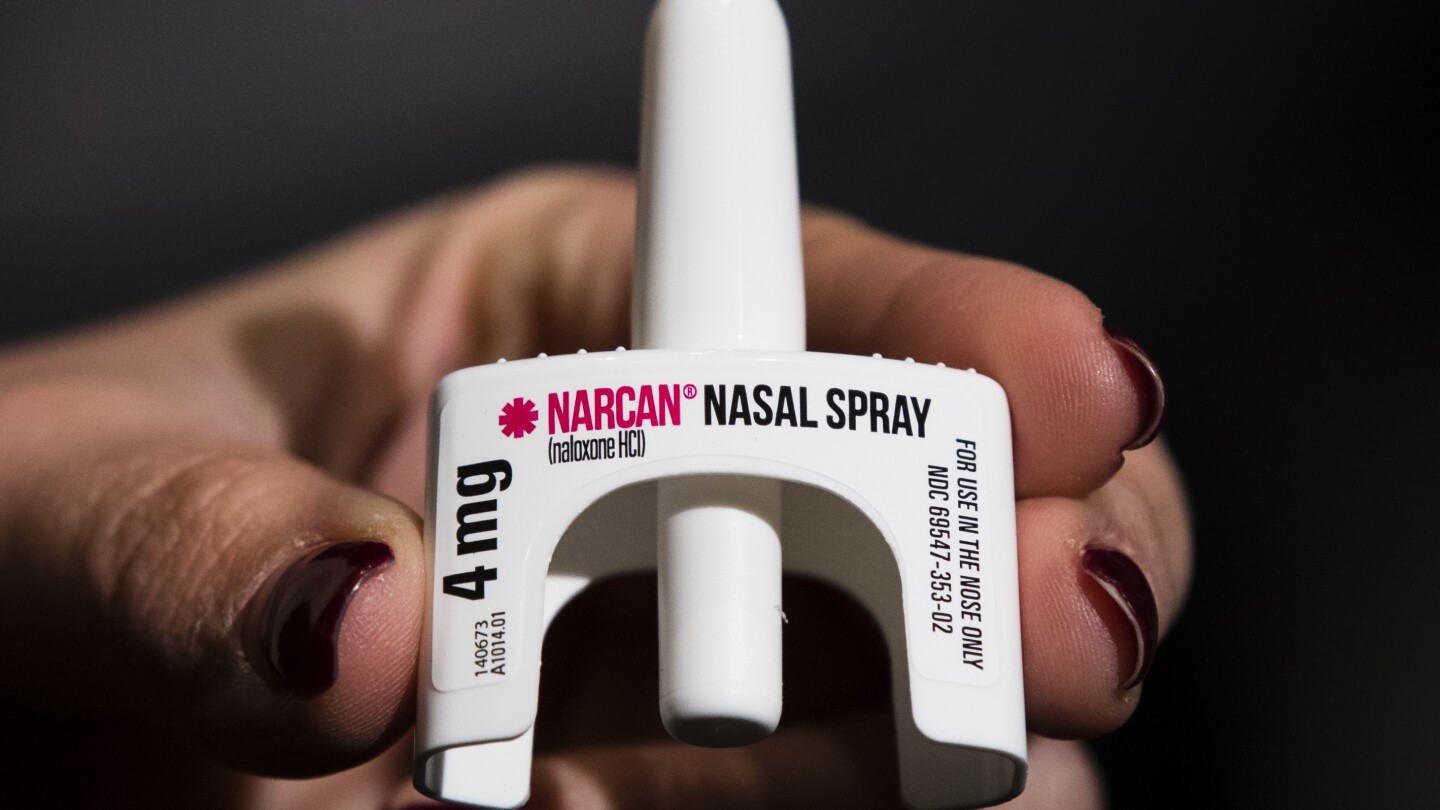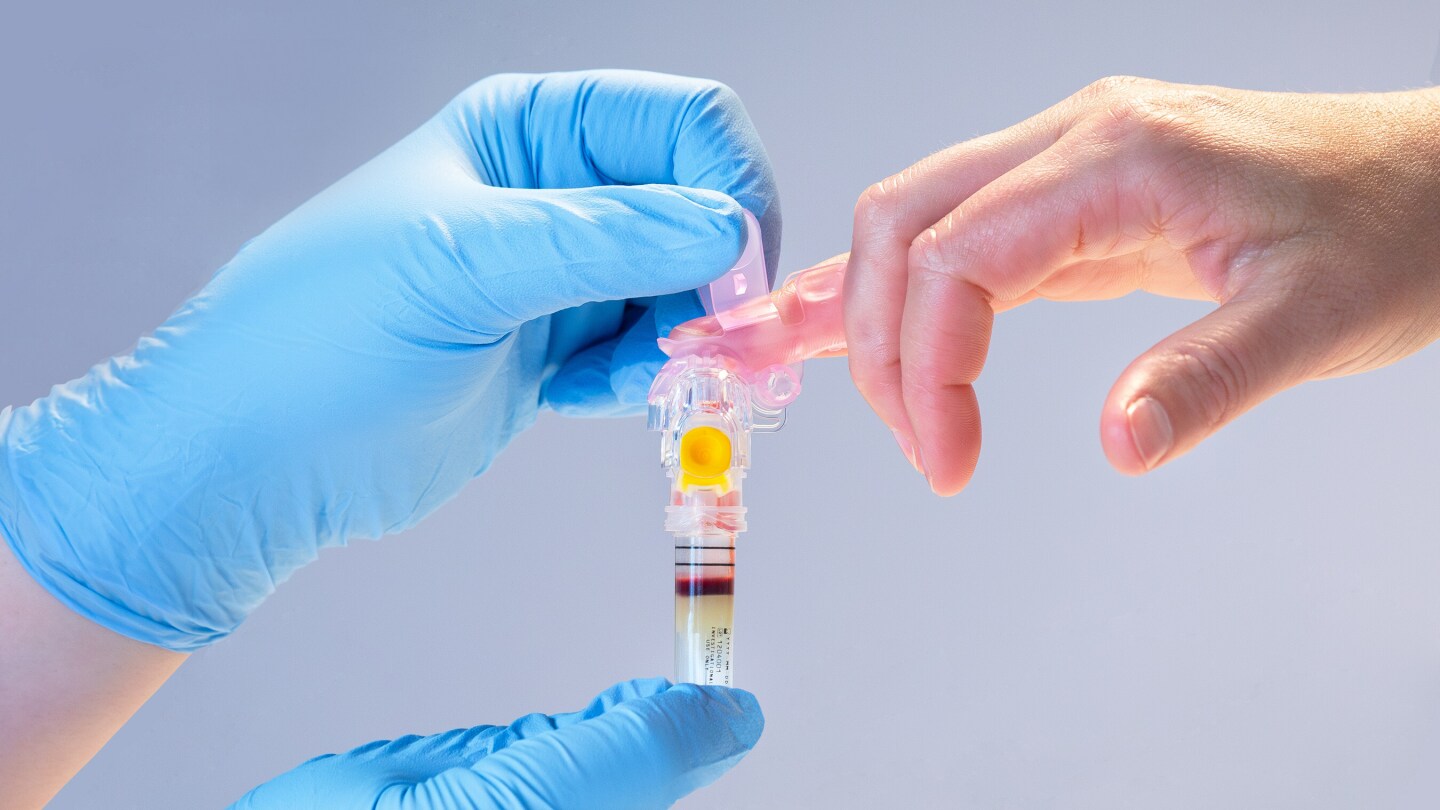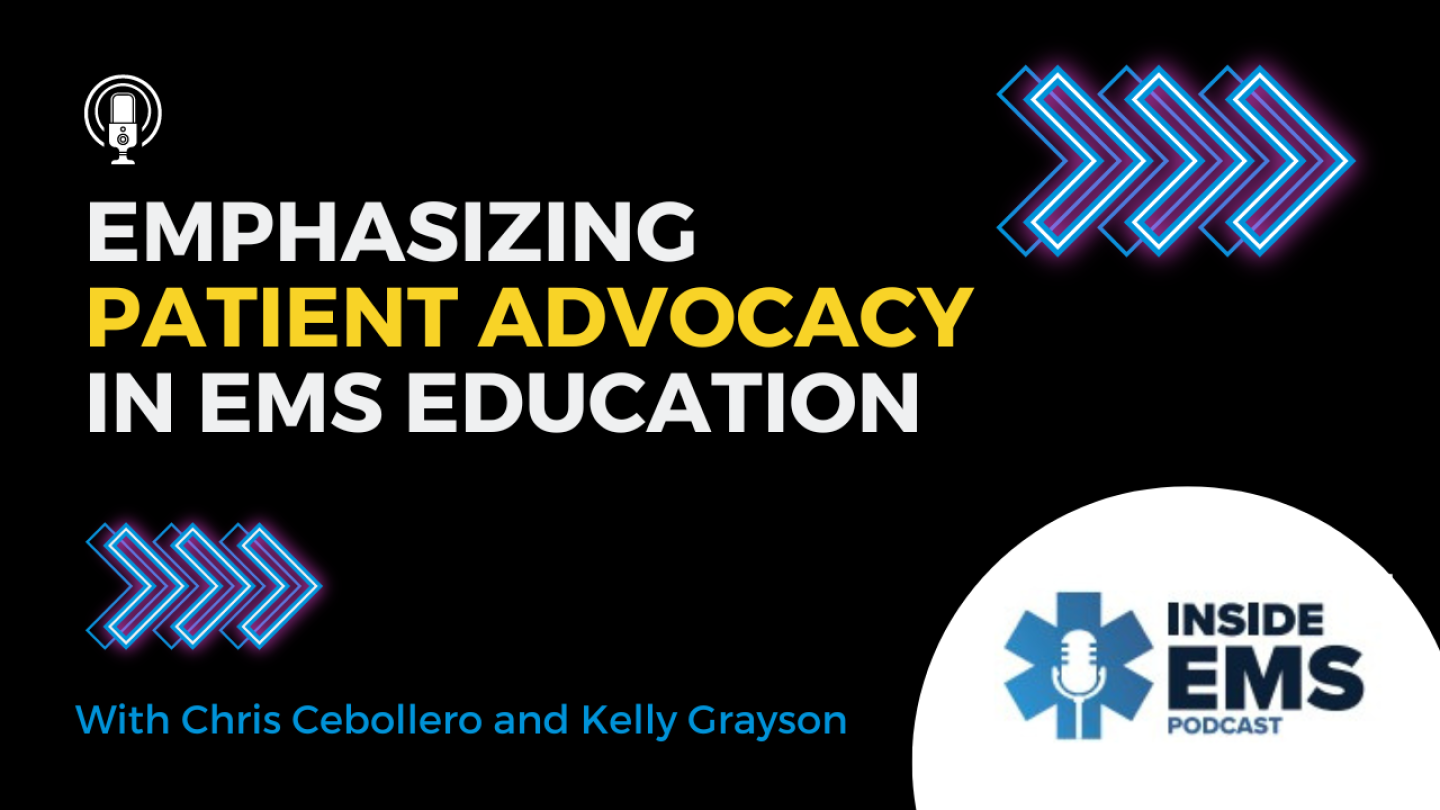Medical / Clinical
The medical/clinical topic contains the latest medical and clinical news, information, education and training tips for EMS providers.
Steve Whitehead shares the most important number on your cardiac monitor
You are on scene with a patient who is complaining of weakness. The vital signs your partner has given you are not very detailed. What are some ways to improve on those findings?
Blood pressure may be the vital sign we measure the most and understand the least
Master seizure thresholds, classification and treatment approaches
Instead of “rules” you have been taught to distinguish sinus tach and SVT, follow these assessment and ECG interpretation tips
Like a ripple effect, one mistake or incorrect assumption can lead to increased negative outcomes for the patient
Eliminate EKG rhythms until there is only one probable interpretation
Monitoring AVPU and other vital signs will help determine if the patient is improving, worsening or responding to treatment
OPQRST is an important part of patient assessment and the start of a conversation with the patient about their pain complaint
Realistic scenarios that reflect the patients EMTs and paramedics regularly encounter are critical to preparing students for the challenges of the EMS profession
Memorization of acronyms does not necessarily translate to understanding; here’s a breakdown of what DCAP-BTLS means
Chest pain, rapid heartbeat, shortness of breath: While panic attacks and anxiety attacks share common symptoms, they also have distinct differences
Solar retinopathy signs and symptoms
“Before you trade in your morphine for ketamine, the adverse events need to be discussed”
Focus on what you can identify within an ECG tracing, rather than the criteria
Paramedic Peter Cichuniec was convicted of criminally negligent homicide and second-degree assault for giving a drug without consent or a legitimate medical purpose
Research underscores the life-saving impact of administering whole blood transfusions as quickly as possible
Put your trauma care knowledge to the test on trauma terminology and assessment
Real-world data of high-dose naloxone administration by law enforcement officers found no added benefit to opioid overdose patients
The BD MiniDraw™ Capillary Blood Collection System enables lab-quality testing in convenient locations for patients, such as local pharmacies
Heart block recognition and treatment present a challenge in EMS education
The key to differentiating abdominal pain is to utilize as many assessment tools as possible
Dr. Jerry Snow shares xylazine pharmacology, treatment tips and high-dose naloxone implications
Clinicians should be aware of how ventricular-assist devices work and what distress signs to look for in patients
Critical insights into the implications of recent court rulings on EMS practice and patient care
Check your knowledge of carbon monoxide poisoning causes, symptoms and protective strategies on scene
CO poisoning is a life-threatening emergency and victims must be removed from the environment immediately without placing the rescuers in danger
Understanding these fractures is vital for providing effective patient care and making informed treatment and transport decisions
The “Lost in Translation” campaign highlights the challenges deaf people have in ambulances, EDs































